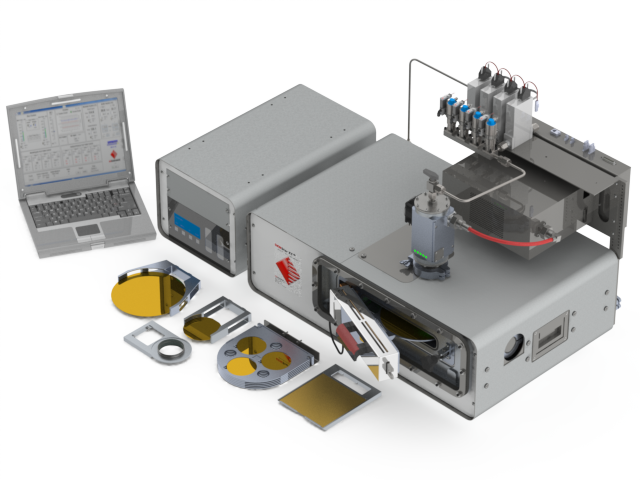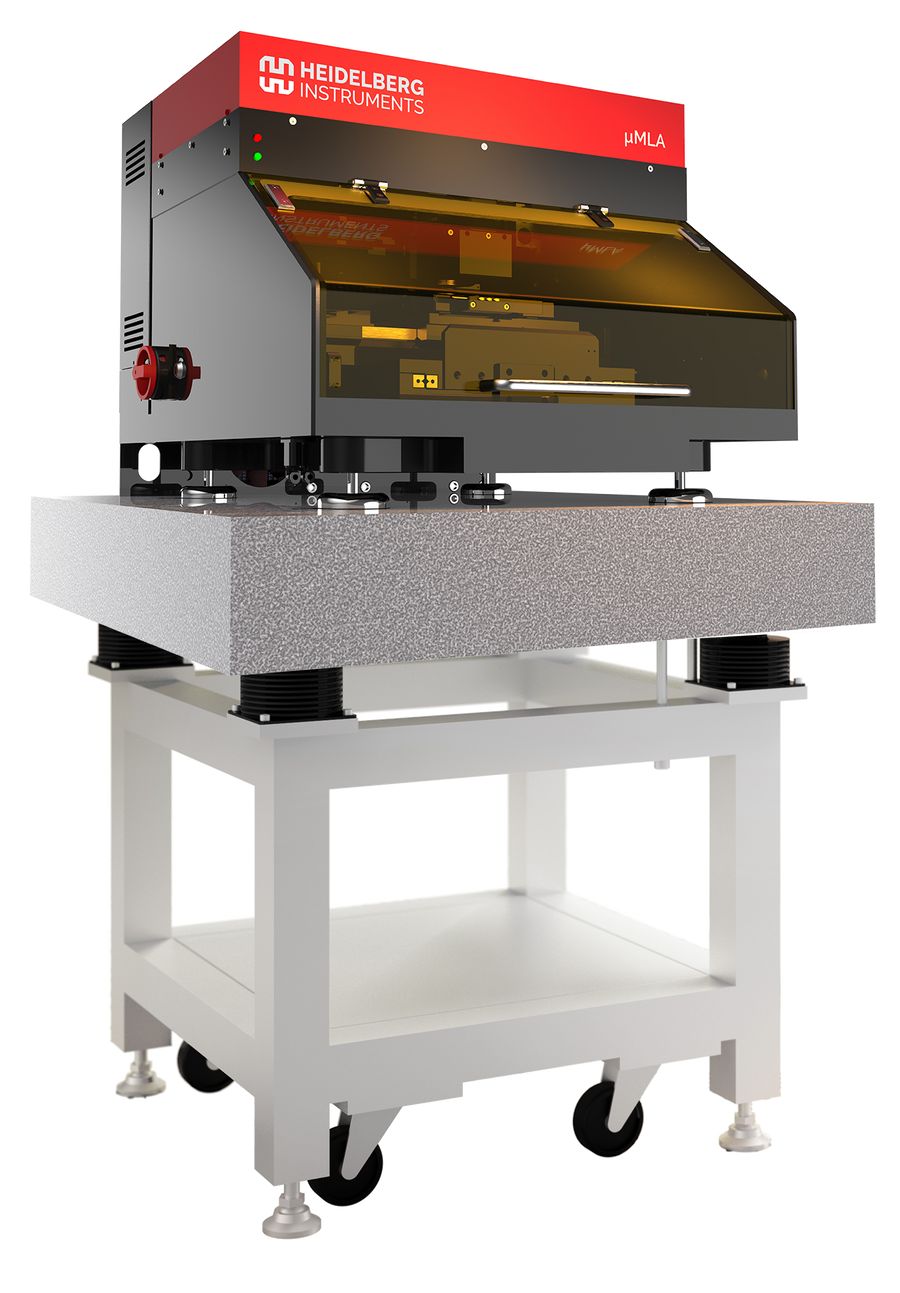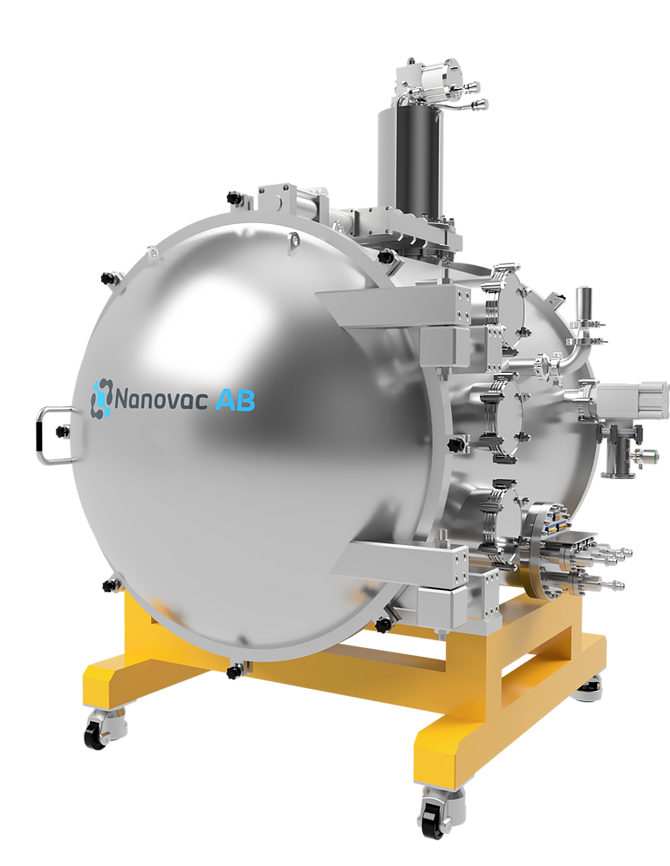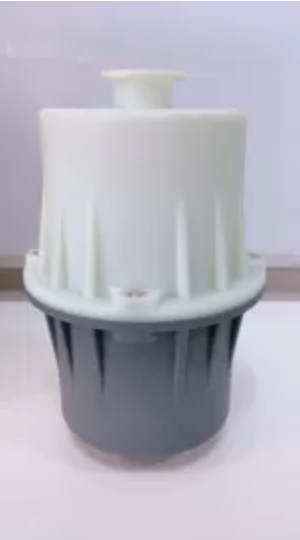Nano-Ironing van der Waals Heterostructures toward Electrically Controlled Quantum Dots by Heidelberg Instruments
Read the Scientific Paper
Teymour Talha-Dean,1,2,∗ Yaoju Tarn,1,∗ Subhrajit Mukherjee,1 John Wellington John,1 Ding Huang,1 Ivan A. Verzhbitskiy,1 Dasari Venkatakrishnarao,1 Sarthak Das,1 Rainer Lee,1 Abhishek Mishra,1 Shuhua Wang,3 Yee Sin Ang,3 Kuan Eng Johnson Goh,1,4,5,† and Chit Siong Lau1,‡ arXiv:2402.01185v1 [cond-mat.mes-hall] 2 Feb 2024 1Institute of Materials Research and Engineering (IMRE), Agency for Science, Technology and Research (A*STAR), 2 Fusionopolis Way, Innovis #08-03, Singapore 138634, Republic of Singapore 2Department of Physics and Astronomy, Queen Mary University of London, London, E1 4NS, United Kingdom 3Science, Mathematics and Technology, Singapore University of Technology and Design, 8 Somapah Road, 487372, Singapore 4Department of Physics, National University of Singapore, 2 Science Drive 3, 117551, Singapore 5Division of Physics and Applied Physics, School of Physical and Mathematical Sciences, Nanyang Technological University, 50 Nanyang Avenue 639798, Singapore

Abstract:
'Assembling two-dimensional van der Waals layered materials into heterostructures is an exciting development that sparked the discovery of rich correlated electronic phenomena and offers possibilities for designer device applications. However, resist residue from fabrication processes is a major limitation. Resulting disordered interfaces degrade device performance and mask underlying transport physics. Conventional cleaning processes are inefficient and can cause material and device damage. Here, we show that thermal scanning probe based cleaning can effectively eliminate resist residue to recover pristine material surfaces. Our technique is compatible at both the material- and device-level, and we demonstrate the significant improvement in the electrical performance of 2D WS2 transistors. We also demonstrate the cleaning of van der Waals heterostructures to achieve interfaces with low disorder. This enables the electrical formation and control of quantum dots that can be tuned from macroscopic current flow to the single-electron tunnelling regime. Such material processing advances are crucial for constructing high-quality vdW heterostructures that are important platforms for fundamental studies and building blocks for quantum and nano-electronics applications.'
Read the full Scientific Paper HERE
∗ These two authors contributed equally
† kejgoh@yahoo.com
‡ aaron_lau@imre.a-star.edu.sg





